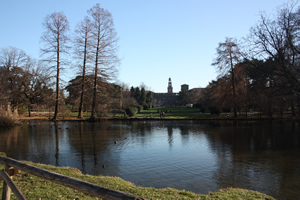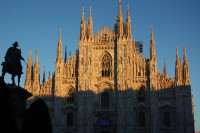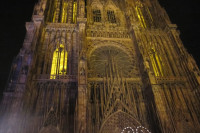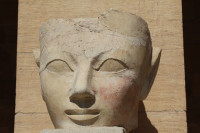Travel
Understanding the world of cathedrals: materials, tools, techniques
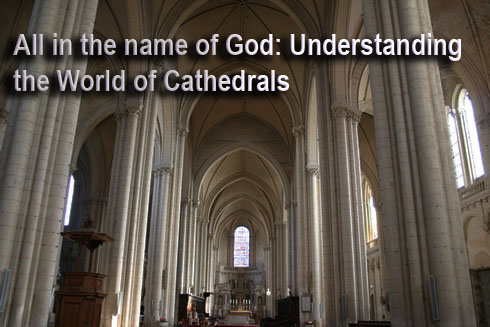
Thanks for instance to the writing of chroniclers like Father Suger (in Saint Denis Cathedral in France) and Monk Gervase (in Canterbury Cathedral in England), we have a better understanding of the building of medieval cathedrals.
Rarity of materials
Constructing cathedrals in the middle ages was not always easy, as materials were rare and expensive. For example, there was a scarcity of wood in the 13th century. As the population was ever increasing, more wood was needed for building homes. Wood was also needed for city fortifications and war machines. Another problem were the frequent fires, devastating much of the forests.
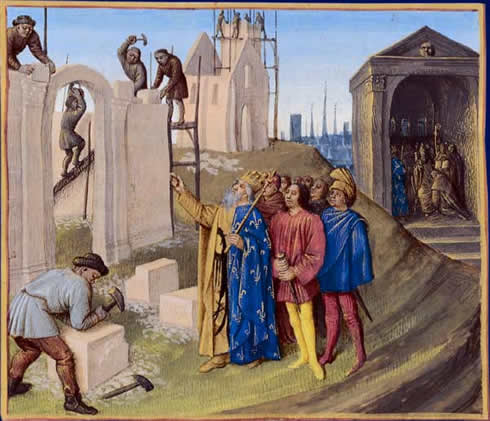
Building Aix la Chapelle – Les Grandes chroniques de France
Iron was extremely hard to find; it was a rarity and almost never used in the construction of cathedrals. Instead the builders used wood for making their tools.
Much material for the English cathedrals came from France. Stones for the Cathedral of Canterbury were shipped by boats from Caen in Northern France. It is also said that during 300 years (1050 to 1350) more stones were moved in France to build the cathedrals than during the old pyramids and temples of Egypt.
What was needed for stainglass windows was also brought from France to England as it was of superior quality.
About the building plans
Thanks to Villard de Honnecourt, the 13th century architect, one can better understand how medieval cathedrals were built. He left a detailed booklet with plans, drawings and techniques used during that time.
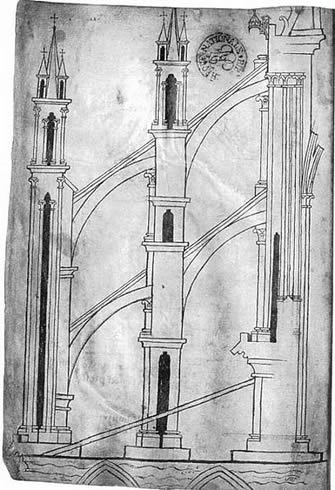
Sketchbook of Villard de Honnecourt – Bibliothèque Nationale, Paris
Building plans were made at the beginning of the construction and safely kept somewhere on the site. Historians know there were few plans available because it would have been time consuming to reproduce them, expensive and unnecessary, as most men were illiterate. Plans were made on parchments but more often on wooden planks. Drawings were small, only made if necessary or halfway drawn. After talking with the architect or seeing his sketches, workers drew roughly on walls to remember, each new drawing on top of the last one.
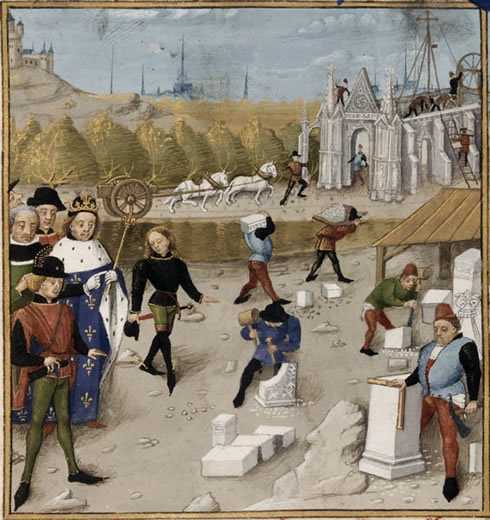
Dagobert visiting the work place of St Denis -Les grandes chroniques de France – Robinet Testard
Accidents
To have such tall buildings, one started experimenting and inventing new techniques and tools, some being more successful than others. Sometimes they had deadly consequences. The vaults of the Cathedral St Pierre in Beauvais in Northern France did not hold in 1284 and there was an accident causing death and injuries. The cause of the accident is that the large vaults collapsed, while experimenting to build even higher than any other cathedral before.
Workers were also killed in Durham, England, during the construction of the city’s cathedral (1093-1130). Once more, the cause was due to the collapse of the vaults.
Another time it is reported that in Canterbury the master mason, William of Sens, became paralyzed after falling from scaffolding during an inspection. He was never able to work again and a new architect came along.
About the tools and mathematical knowledge
What did they have to work with? They had wooden treadwheels to lift the very heavy stones, sculptures and other materials to the top. Usually one to two men would walk into the wheel, which would make it turn.
They had lifting equipment, pulleys, winches, cranes, wheelbarrows, hammers, plumb lines, levels, stone holders and pickaxes. Architects knew well how to use a compass, set squares and knot climbing ropes. At the end of the 13th century came the pairs of dividers.
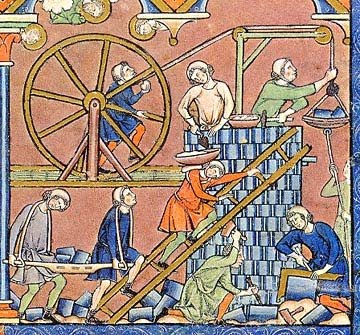
Morgan Bible – The Pierpont Morgan Library, New York- about 1250
Stone workers used axes. Scisors became available around 1170-80.
An important tool was the ruler as during those days conversions differed from one town to another. This way the architect could work easier and quicker no matter where he was. He did not have to learn a new measuring system each time he started a new cathedral, allowing him to adapt quicker to the new construction site. Each architect had the same looking ruler but used it with one’s own favorite length of feet.
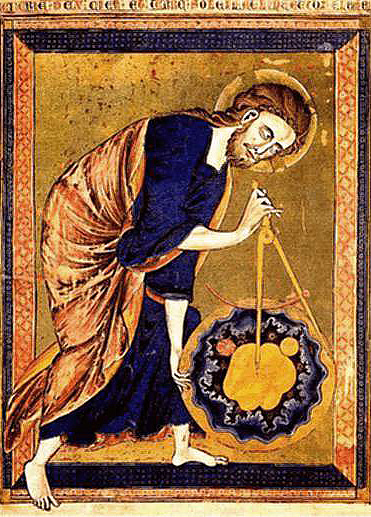
God as Architect-Mid 13th century – Frontispiece of Bible Moralisee
In order to accomplish their work well, architects also had a good working knowledge of mathematics such as geometry. It was important as they had no idea yet about static methods to build the cathedrals. Honnecourt studied geometry and left geometry figures in his drawings of Lausanne, Cambrai, Chartres and Prag cathedrals.

